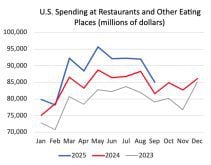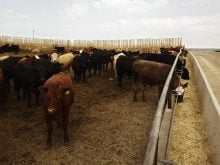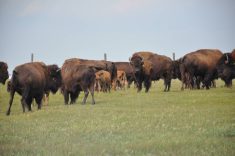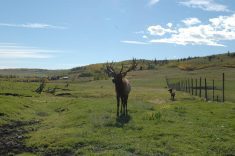LACOMBE, Alta. – A decision to abandon grain for grass was an epiphany for Sten Lundberg and David Kerr.
It was also an awakening for hay grower Leon Specht.
“Profit wise I am making more money with the grass than I ever did selling hay,” Specht said.
The three described their conversion to grass at a recent pasture school in Lacombe. All have learned from their mistakes and their triumphs. None want to run a tractor and a plow anymore.
Lundberg converted an 800 acre grain farm near Nanton, Alta., into a custom grazing unit in the late 1980s. He started with sheep but later switched to yearlings and a cow winter grazing program.
Read Also
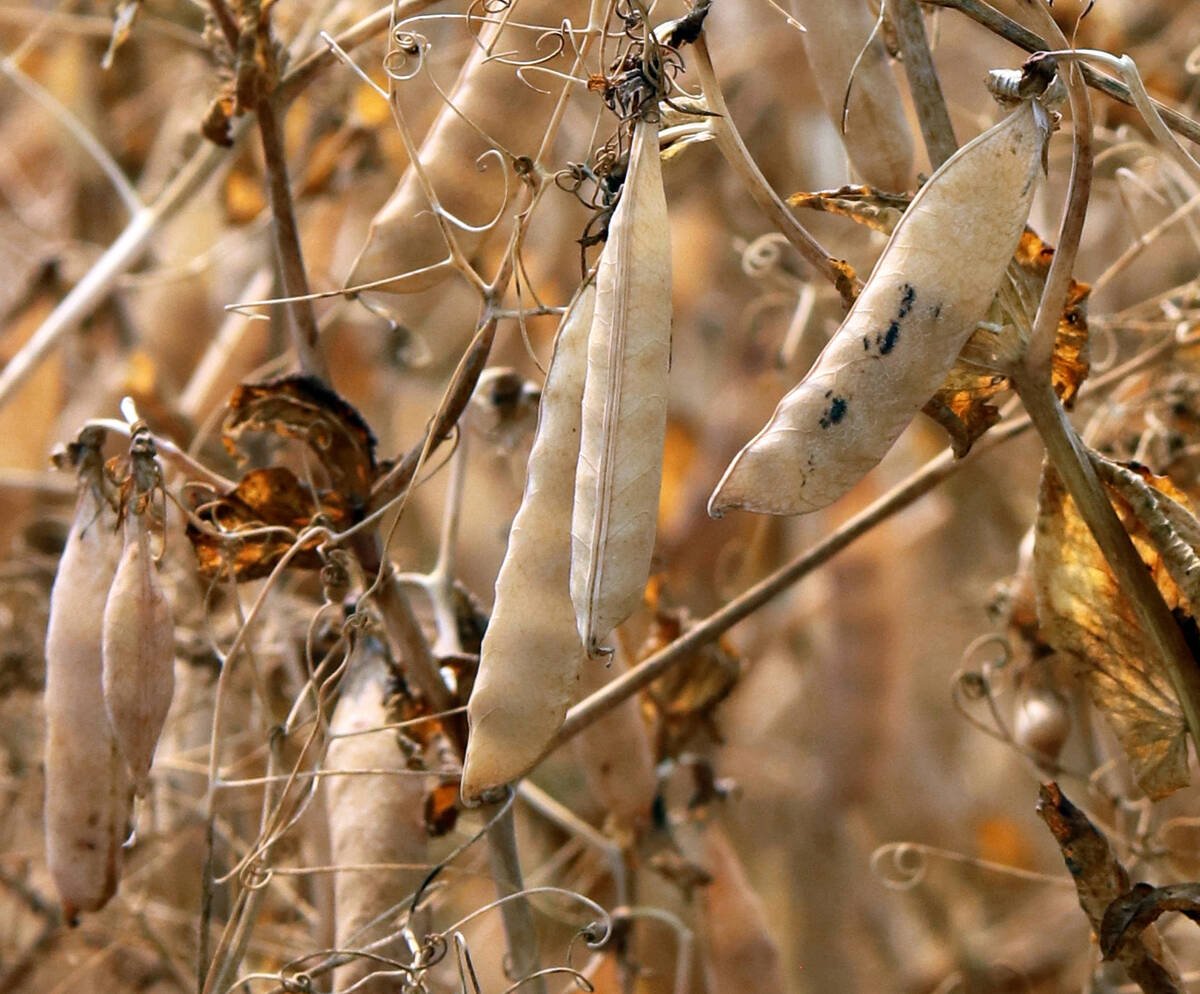
Trump’s tariffs take their toll on U.S. producers
U.S. farmers say Trump’s tariffs have been devastating for growers in that country.
If the forage is the right type and it is healthy, then stock should be in good shape, he said.
“My whole being is about looking after the grass,” he said. “I don’t think we are scratching the surface of what we can do with grazing.”
He has divided 650 acres into 56 grazing paddocks enclosed with electric fences. This year he is rotating 430 yearlings through the system for 100 to 120 days depending on grass supply. Cattle are moved every three days.
He has set up large water troughs fed by a water line from a well. Access is minimized so there is less loitering around the water. The cattle must drink and move out.
Lundberg is paid 60 cents a pound to put weight on the cattle so he works to keep the grass at the vegetative state when it is most nutritious. Livestock will not do well if feed’s nutrition quality is inconsistent, he added.
Lundberg prefers a diverse pasture because plant variety ensures grass is always available if one species fails. For example, no grass will be available if a paddock is made up only of orchard grass and then something happens to that species.
He allows some paddocks to go to seed every year to replenish themselves.
He receives regular advice from a ruminant specialist to keep nutrition at a high level. He added legumes to the pastures to keep them more productive and offer a more balanced diet.
New plans are implemented slowly each year because making changes such as adding new forages takes time. It may take three years to establish a new stand of grass in southern Alberta.
Kerr gave up the last of the family grain farm in 2000.
The chair of the Western Forage/Beef Group custom feeds yearlings and owns cows and calves on 45 quarters of deeded and leased pasture near Lashburn, Sask.
The pastures include alfalfa stands ranging from 60 to 80 percent. When cattle appear at risk from bloat, they are moved to safe fields with about 30 percent alfalfa.
“We were told once if you are going to graze alfalfa, don’t be faint of heart,” he said.
Learning to manage cattle on alfalfa takes finesse. Cattle start grazing in early spring and usually pick out the grass in the early vegetative state before they move to the alfalfa.
During their first year as full-time grazers, the Kerrs used rumen boluses for bloat protection. They lost six steers so they switched to an additive called Alfasure to prevent bloat. It could be added to water or sprayed on the forage. The product worked well but it was removed from the market a year ago because of a labelling issue.
Now they control bloat by offering wheat straw bales in the corners of paddocks. The cattle eat the extra fibre willingly, which seems to slow the rumen and prevent bloat.
Cattle are moved every three to four days depending on how much grass remains and what is happening three or four paddocks ahead. The Kerrs prefer to leave about a third of the forage to regrow. When everything works according to plan, there is a 60 day interval between grazing on each paddock.
“Something we have learned is that it is better to move out a day early than move out a day late,” Kerr said.
Records are not precise but they do use a digital camera to record what was done in various paddocks to assess results.
Paddocks encircle dugouts and the cattle drink from them directly. The animals are only around that dugout for nine days during the grazing season so Kerr doesn’t feel cattle damage the sides of the dugout.
The Kerrs pay their landlords pasture rent based on weight gain so it’s important to record acreage size, steer numbers and weight gains. Since 2004 average daily gains have ranged from two to nearly three pounds for about 110 days on the grass-alfalfa mix.
Specht of Millet, Alta., went into the beef business in 1975 but the family’s primary business was selling alfalfa hay.
When they decided to custom graze their fields, which contained as much as 90 percent alfalfa, they cut it at the pre-bud stage and allowed it to wilt to control bloat. Cattle cannot be as selective as they work their way through a windrow, and are forced to eat the stems and the leaves.
However, the Spechts were not pleased with the result because mowing hay was a lot of work and they saw no benefits to the soil.
Now the cattle cut the grass.
Their grazing plan for 1,200 head covers 110 to 120 days and the Spechts have learned about plant physiology, varieties, bloat control and how to put weight on cattle. Most of their knowledge was gained through experience.
Cattle are moved when they are full. The Spechts also watch the weather and study what it was like in the past three days. Plants can grow quickly in three days and a heavy rain can make alfalfa more bloat prone.
The ranch has experienced bloat storms in the past and the Spechts have a special personal use permit to import Blocare 4511 to add to the water. It is only used when risk of bloat is suspected. There is a 90 day withdrawal period before slaughter.
The alfalfa stands have been dying out over time so they have added tall fescue and meadow brome to the mix. It takes up to three years for the grass to establish.
Records over 11 years show an average daily gain of 2.71 lb. with a range of 1.4 to three lb.




